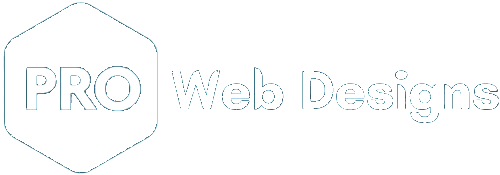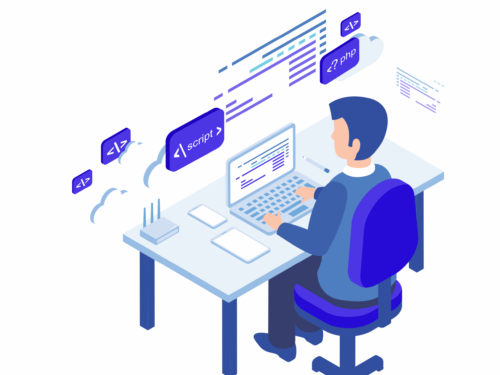Introduction to Web Development
Web development encompasses the skills and techniques involved in creating and maintaining websites. It’s a dynamic and ever-evolving field that encompasses a wide range of tasks, from designing user interfaces to building complex web applications.
Essential Web Development Languages
Three core languages form the foundation of web development:
HTML (HyperText Markup Language): Defines the structure and content of web pages using tags and elements.
CSS (Cascading Style Sheets): Controls the visual presentation of web pages, including colors, fonts, and layouts.
JavaScript: Adds interactivity and dynamic behavior to web pages, enabling user actions and animations.
Front-end versus back-end-ontwikkeling
Web development can be broadly divided into two main areas:
Front-End Development: Focuses on the user-facing aspects of a website, including the design, layout, and interactivity.
Back-End Development: Deals with the server-side logic and functionality of a website, handling data storage, user authentication, and communication with databases.
Full-Stack Development
Full-stack developers possess expertise in both front-end and back-end development, enabling them to build complete web applications from scratch.
Building a Website: A Step-by-Step Guide
Planning and Design: Define your website’s purpose, target audience, and desired features. Create wireframes and mockups to visualize the layout and design.
HTML Structure: Start by creating the basic HTML structure of your website, defining the main sections, headings, and content elements.
CSS Styling: Apply CSS styles to enhance the visual appearance of your website, including colors, fonts, layouts, and responsiveness.
JavaScript Interactivity: Add JavaScript code to introduce dynamic elements, such as user interactions, animations, and form validation.
Testing and Deployment: Thoroughly test your website across different browsers and devices before deploying it to a live server.
Resources for Learning Web Development
Online Tutorials: Numerous online tutorials and courses offer a structured approach to learning web development basics.
Interactive Coding Platforms: Practice coding in real-time using interactive platforms that provide feedback and challenges.
Books and Documentation: Refer to comprehensive books and official documentation to gain in-depth knowledge of web development concepts.
Online Communities: Engage with online communities of web developers to seek guidance, share knowledge, and collaborate on projects.
Conclusion
Web development offers a rewarding and challenging career path, enabling you to create innovative and impactful digital experiences. By mastering the fundamentals of HTML, CSS, and JavaScript, you’ll lay the groundwork for a successful journey into the world of web development. Remember, web development is a continuous learning process, so stay curious, explore new technologies, and never stop expanding your skillset.
Call to Action:
Ready to embark on your web development journey and build your first website?
Our team of experienced web developers can guide you through the process, providing personalized instruction and support tailored to your learning style. We’ll help you grasp the essential concepts, develop hands-on coding skills, and create a website that showcases your newfound knowledge and creativity. Contact us today to take the first step towards becoming a proficient web developer!







